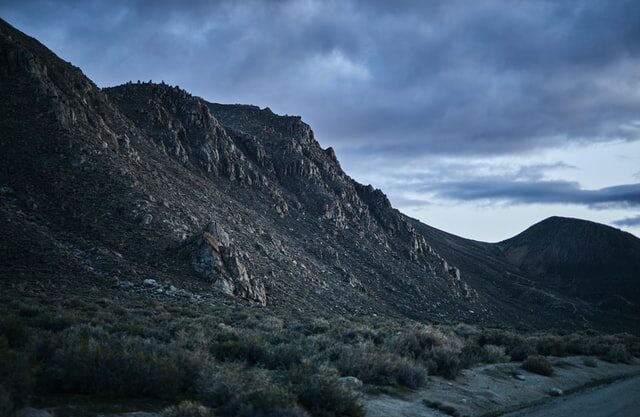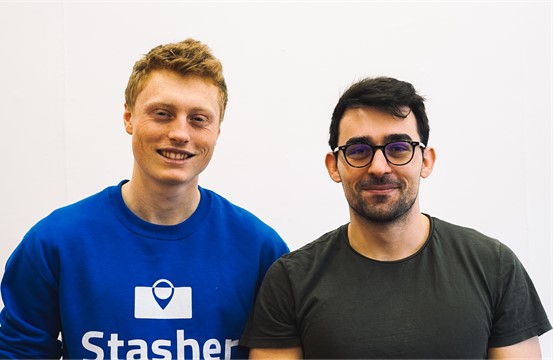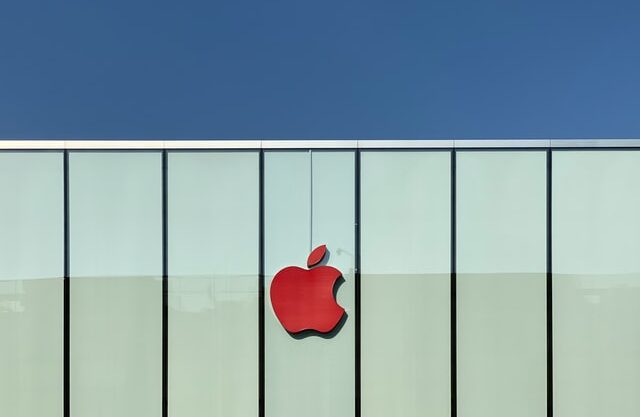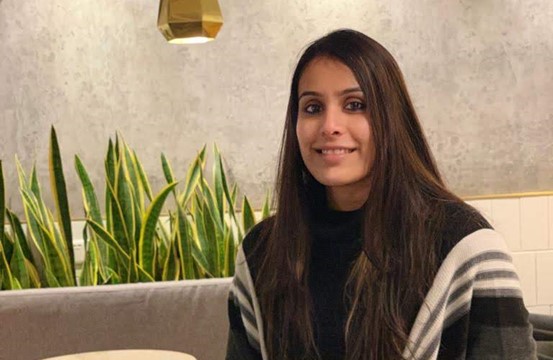This inspiring story is of a rising startup called Stasher. Stasher takes the pain out of traveling with luggage. Stasher is an international storage platform, partnering with stores and hotels worldwide. The service is ideal for those who find themselves early for a vacation rental check-in and have a few hours to wait until their flight, or event-goers subjected to the latest bag policy limitations. Here is the story of Stasher in their own words.
Introduce us to the idea of Stasher
We’ve all been there – trying to enjoy the last day of your holiday but weighed down by your luggage. Travel start-up, Stasher connects travelers with hotels and local businesses where they can safely store their bags, allowing them to freely explore the city.
Using Stasher.com or the apps, travelers can book cheap, convenient, secure luggage storage in shops or hotels. It’s a win-win arrangement, in which travelers find somewhere affordable and safe to leave their luggage and the businesses generate ancillary revenue and gain footfall.
What’s your strategy story? What led you to start Stasher?
Anthony Collias and Jacob Wedderburn-Day – friends from their time studying together at Oxford University – founded the company the year they graduated and moved to London. Friends were often asking to leave stuff at their London apartments and one day Anthony made a joke about charging people. The pair quickly realised storage in cities was a genuine pain point and so the concept for Stasher was born.
What marketing, operation strategies are you adopting at Stasher?
Our challenge is that a lot of people encounter this problem but don’t think to Google for a solution. If they do, they’ll find Stasher ranked top of relevant searches. We also reach people through partnerships with relevant travel and events businesses.
We have experimented with paid search advertising and it’s a reliable way to gain customers, but it’s one we need to be cost-conscious about.
Any strategy mistakes you have made and what did you learn?
We originally planned the service to run in people’s homes. After doing this ourselves, we learned that this offering wasn’t as flexible as it needed to be, however shops and hotels that were open reliable hours made much better hosts. It helped us shift focus to a better channel.
Finally what advice do you have for your fellow entrepreneur readers?
Starting a company is a challenging but incredibly rewarding experience. A lot of what you need to know to run a company you learn on the job and you have to wear many hats – but if you’re the kind of person who loves learning and enjoys a challenge, I couldn’t think of a better job.
Disclaimer: The information in the above story is provided by the startup and The Strategy Story takes no responsibility for the authenticity of the product and services offered by the startup. Reader’s discretion is advised.
Check out stories of other aspiring Entrepreneurs
OR
Also, check out our most loved stories below

Johnnie Walker – The legend that keeps walking!
Johnnie Walker is a 200 years old brand but it is still going strong with its marketing strategies and bold attitude to challenge the conventional norms.

Starbucks prices products on value not cost. Why?
In value-based pricing, products are price based on the perceived value instead of cost. Starbucks has mastered the art of value-based pricing. How?

Nike doesn’t sell shoes. It sells an idea!!
Nike has built one of the most powerful brands in the world through its benefit based marketing strategy. What is this strategy and how Nike has used it?

Domino’s is not a pizza delivery company. What is it then?
How one step towards digital transformation completely changed the brand perception of Domino’s from a pizza delivery company to a technology company?

BlackRock, the story of the world’s largest shadow bank
BlackRock has $7.9 trillion worth of Asset Under Management which is equal to 91 sovereign wealth funds managed. What made it unknown but a massive banker?

Why does Tesla’s Zero Dollar Budget Marketing Strategy work?
Touted as the most valuable car company in the world, Tesla firmly sticks to its zero dollar marketing. Then what is Tesla’s marketing strategy?

The Nokia Saga – Rise, Fall and Return
Nokia is a perfect case study of a business that once invincible but failed to maintain leadership as it did not innovate as fast as its competitors did!






